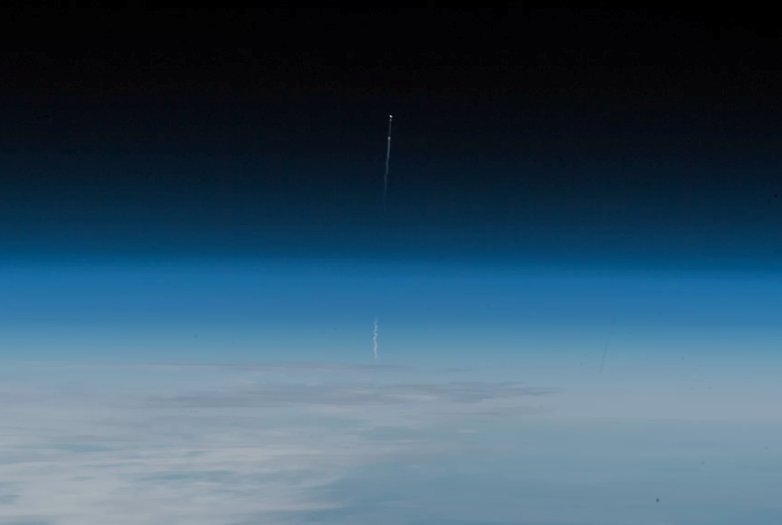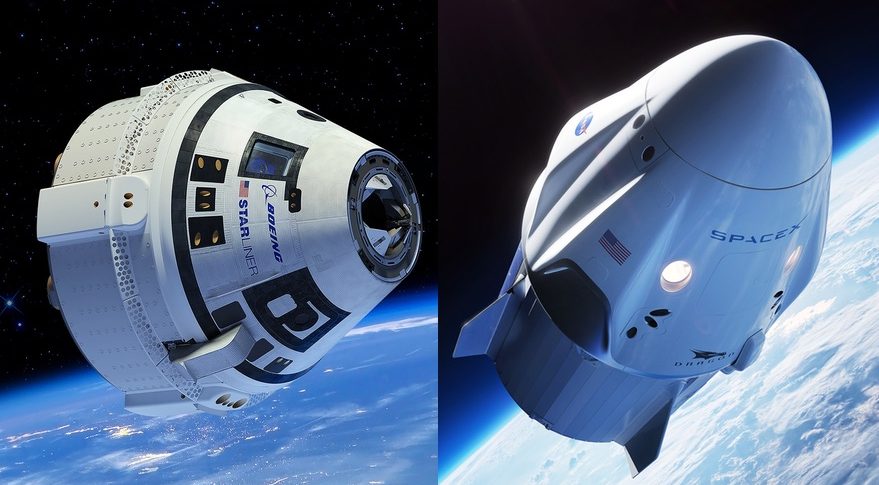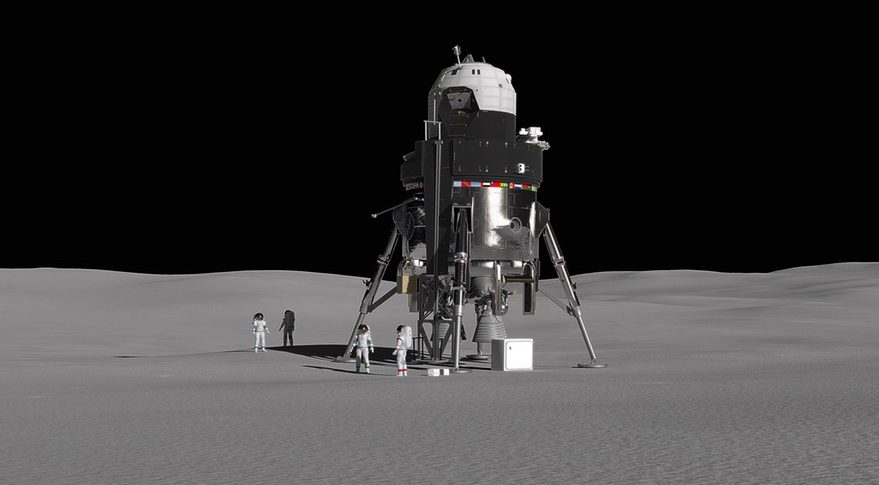The big news story this month has to be the launch failure of a manned Soyuz spacecraft on its way to the International Space Station (ISS). The launch took place from the Baikonur Cosmodrome on the 11th of October at about 0847 GMT but it was only a few minutes into the mission that the failure occurred. The image below shows the Russian Soyuz vehicle taking off before the trouble began.

Thankfully the two-man crew, one Russian and one American, were able to escape from the failed rocket booster rocket and have been safely rescued. The bad news is until a thorough investigation of what went wrong is conducted the entire human race is without a means of putting anyone into outer space. The men on the ISS can return, they have their return Soyuz capsules already up there, but no replacements can go up to take their place.
At the moment there are few details as to the precise nature of the failure. So far it appears that the launch rocket’s second stage failed to separate from the first stage but it could be months before we learn exactly what happened. Ironically an astronaut already on the ISS was filming the launch from orbit and may have in fact have photographed the failure as it occurred. The image below is from that filming.

Both NASA and Roscosmos, the Russian space agency have already begun investigations but there is no way of telling how long they may take. Until both space agencies are convinced that they have found and fixed the problem the Soyuz is grounded, there will be no more manned space launches.
This disaster has been a possibility ever since NASA ended the Space Shuttle program seven years ago. In all of that time the US has been completely dependent on the Russians to take our astronauts back and forth to the ISS, at about $60 million dollars a ticket! Having only a single space system capable of manning the ISS, a single point of failure, is always a risky way to operate.
The immediate effect of the Soyuz failure on mission of the ISS is that two crewmembers will not be able to undertake their scheduled mission of staffing and maintaining the ISS, although NASA director James Brindenstine has announced that he still expects a December Soyuz launch to go forward. As to the long-term effect, I guess we’ll just have to wait and see.
Is there any other solution? Is there nothing we can do except wait for the Soyuz to be recertified for manned missions. Well an announcement by NASA just a few days before the Soyuz failure may point to the way forward.
For the past several years NASA has been funding Space X and Boeing in their development of manned capsules under the Commercial Crew Program (See my post of August 4th 2018 for the announcement of the planned first crews). Well NASA has just announced a tentative timetable for the first manned launches to take place from American soil since 2011.
Space X will conduct an unmanned test mission of their Dragon capsule in January of 2019 and if all goes well that will be followed by a manned mission to the ISS in June 2019. Boeing meanwhile will conduct its unmanned test launch of its Starliner capsule in March with a manned mission to the ISS in August.
Now before you say, that’s great, at most we won’t be able to send astronauts to the ISS for eight or nine months and after that we won’t even have to pay the Russians for a ride; that schedule is assuming everything goes according to plan. Also, the first missions to the ISS were intended to be for a one week stay only. Will NASA be prepared to risk a longer mission to the ISS with unproven spacecraft? That’s a very good question and I’ll wager that the engineers working on the commercial crew program, NASA, Space X and Boeing are very busy right now considering that option. The images below show Space X’s Dragon and Boeing’s Starliner capsules.

Anyway you look at it the next the next year in manned spaceflight is going to be very eventful.
In the long term however there has also be some interesting news that may show us a glimpse of the future of manned space exploration. This week Lockheed Martin released its preliminary design for a reusable Moon lander that would take four astronauts from Lunar orbit to the surface and back to Lunar orbit after a week’s stay. The lander, see image below, would then be refueled in orbit for subsequent missions.

This idea of a reusable lander would be an extension of NASA plan for a space station in Lunar orbit known as the Lunar Gateway (See post of March 24th 2018 for more details). In other words we’re taking about systems that won’t be ready for ten years at the very least so all of this is very preliminary!
It does seem as if, after several decades of going nowhere, the various space programs around the world are starting to find their way forward in the manned exploration of space.
